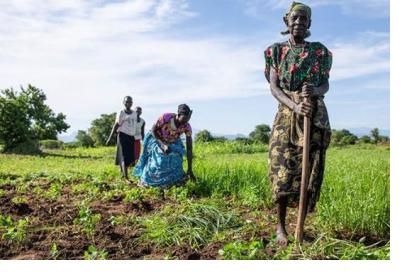United
Nations
Office for Outer Space Affairs
UN-SPIDER Knowledge Portal
The Pest Risk Information Service (PRISE), developed by the Centre for Agriculture and Bioscience International development charity (CABI), combines temperature and weather data provided by satellites with computer models to predict when pest outbreaks are most likely to occur, giving farmers time to prepare.
Farmers are currently notified of pest forecasts through an existing network of so-called "Plant Doctors" and receive WhatsApp messages with weekly warnings at county level during the growing season.
How does it work?
Satellites scanning the Earth can provide accurate land temperature information, which is one of the most important drivers of pest infestations. This, combined with weather data and computer models, can be used to give farmers enough time to spray pesticide and take other precautions when the optimum conditions for pests to thrive are met.
The data is also fed to a network of on-the-ground “plant doctors” who assist farmers when pests of diseases ruin their crops.
Already in use in Ghana, Kenya and Zambia, PRISE is due to be rolled out in Malawi and Rwanda in early 2019. Scientists hope that the early warning system can increase both yields and incomes for farmers by at least 10 per cent.
Since 2011, the scheme has helped over 18 million farmers in 34 countries, by training the plant doctors and providing resources, including an app which they can use to help diagnose the issue and prescribe a solution.
